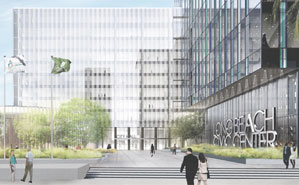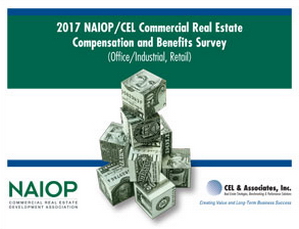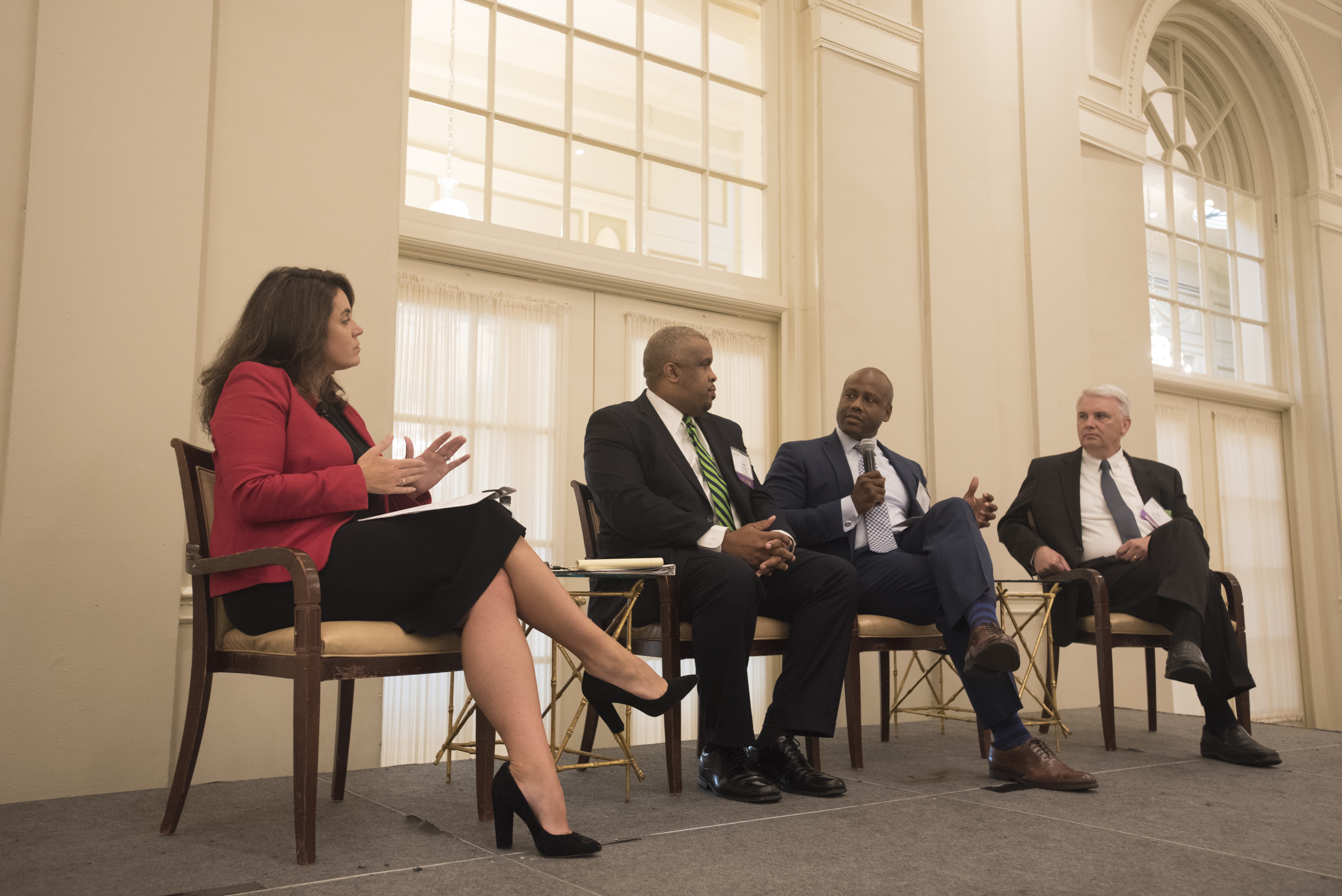Posted on October 25, 2017
By: James M. Mulligan
 Public-private partnerships are emerging as a mechanism that marries the funding of public facilities like courthouses, libraries, government offices and more with private commercial development.
Public-private partnerships are emerging as a mechanism that marries the funding of public facilities like courthouses, libraries, government offices and more with private commercial development.
From its earliest colonial days to its reign today as the world’s largest economy, the U.S. has seen tremendous evolution in how it develops its infrastructure: from the bones of its communities to connections between its population centers, to the very buildings it constructs to serve public needs. Approaches to financing and delivering the nation’s infrastructure are more dynamic now than ever, with a renewed focus on how both the public and private sectors can contribute to infrastructure development.
This article explores the nature of public-private infrastructure partnerships and highlights changing opportunities for private commercial developers in providing the infrastructure that U.S. communities depend on for continued economic growth.







 Is your 2018 salary and bonus package competitive? Find out with the 2017 NAIOP/CEL Commercial Real Estate Compensation and Benefits Reports.
Is your 2018 salary and bonus package competitive? Find out with the 2017 NAIOP/CEL Commercial Real Estate Compensation and Benefits Reports.
 On September 19, 2017, NAIOP Charlotte hosted a breakfast that discussed Moving people and products into, around and outside of Charlotte with bikes, automobiles, trucks, airports, light rail, and trains. It all impacts the future growth and development of our region. This breakfast discussion included diverse perspectives on local, state and national policy and the priorities and challenges for the next 25 years. Are their tools to help move the priorities forward? How does the 2040 Transportation Plan, managed lanes, and rail impact your business and the future of development? And, how can our industry help ensure good mobility in our region?
On September 19, 2017, NAIOP Charlotte hosted a breakfast that discussed Moving people and products into, around and outside of Charlotte with bikes, automobiles, trucks, airports, light rail, and trains. It all impacts the future growth and development of our region. This breakfast discussion included diverse perspectives on local, state and national policy and the priorities and challenges for the next 25 years. Are their tools to help move the priorities forward? How does the 2040 Transportation Plan, managed lanes, and rail impact your business and the future of development? And, how can our industry help ensure good mobility in our region?  What do office and retail property owners need to know about triple net leases?
What do office and retail property owners need to know about triple net leases? Millennials, Gen-Xers and baby boomers have distinct demographic profiles and approach jobs, debt and their living situations differently, Pew Research Center senior researcher Richard Fry, Ph.D., tells GlobeSt.com. Fry will be presenting the session “Piecing Together the Population Puzzle” during
Millennials, Gen-Xers and baby boomers have distinct demographic profiles and approach jobs, debt and their living situations differently, Pew Research Center senior researcher Richard Fry, Ph.D., tells GlobeSt.com. Fry will be presenting the session “Piecing Together the Population Puzzle” during